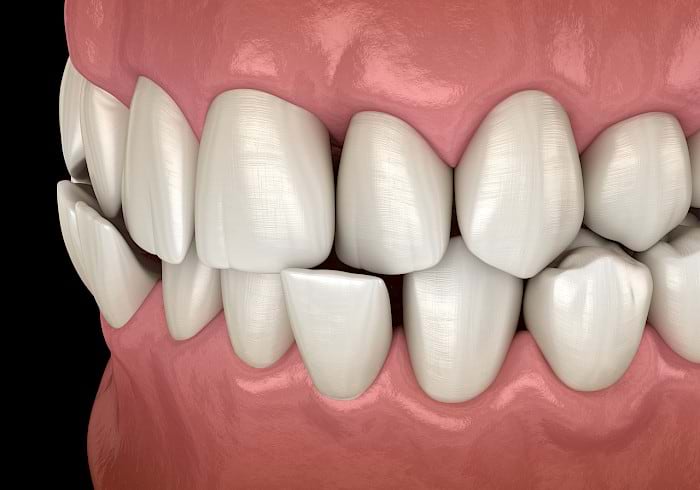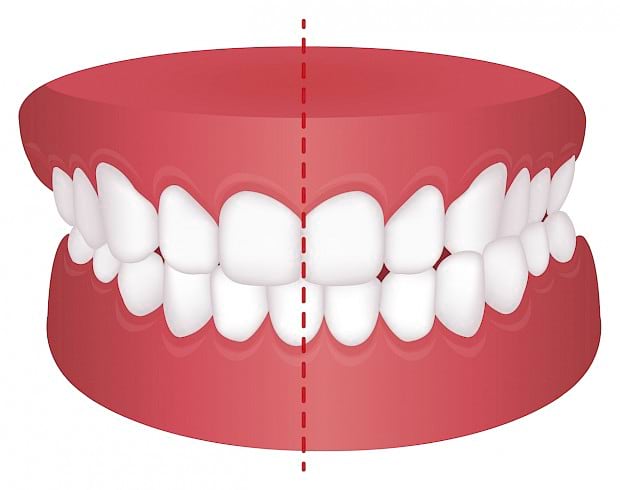What Should You Know About Crossbite?

The length of time that it takes to fix a crossbite depends on several factors, such as the severity and type.
Complete healing for mild misalignment can take a few months, while severe cases can take a year or more to correct.
Understanding Crossbites
The misalignment of the upper and lower teeth can manifest in a variety of ways, causing the problem.
The condition known as anterior type occurs when the upper front teeth overlap with the lower front teeth.
A unilateral type impacts only one side of the jaw, while a posterior type signifies a problem of the rear teeth.
What Causes Crossbite?
Different types of this condition have different potential causes. Genetics, thumb-sucking or extensive pacifier use can misalign the front teeth, leading to the anterior type.
The posterior misalignment typically occurs as a result of a mismatch between the widths of the upper and lower jaws. When this happens, the upper teeth may sit inside the lower teeth when the jaws come together.
Unilateral kinds develop when there is an asymmetry in the growth of the upper and lower jaws. This imbalance can lead to the misalignment of teeth on one side of the mouth. Genetics, abnormalities in the jawbone and the crowding of teeth on one side can all contribute to the development of a unilateral type.

What Issues Do Crossbites Cause?
This condition can lead to a number of issues affecting the face and teeth.
The anterior type can cause discomfort with the front teeth, speech difficulties and an unattractive smile. Asymmetry in facial growth, abnormal tooth wear and jaw pain are hallmark issues that people with the posterior type deal with.
Unilateral misalignment can lead to uneven facial features and jaw problem. If left untreated, it can deteriorate oral health, leading to recessed gums and TMJ disorders.
Symptoms of a TMJ issue include discomfort in the jaw, clicking or popping noises, trouble opening and shutting the mouth and headaches.
How To Treat Crossbite Teeth
Dentists consider the severity and specific characteristics of the condition when selecting treatment methods.
Traditional braces are a popular and successful option. With braces, the crooked teeth are progressively moved into place using wires and brackets.
If the problem develops as a result of a narrow upper jaw, the dentist may recommend a palatal expander. By expanding the upper jaw, this appliance fixes the problem by giving the teeth more room to move around.
For certain cases of front crossbites, dentists may recommend removable equipment like clear aligners or retainers.
However, when fixing extremely severe cases, the dentist may add a permanent retainer. A permanent retainer is a fixed wire bonded to the back of the front teeth, ensuring they maintain their corrected alignment.
Some patients require tooth reshaping to adjust the shape and position of specific teeth, contributing to the correction of the problem. And in the most severe cases, surgery may be necessary.
Conclusion
To fix the misalignment, it's best to see a dentist for a specific treatment plan that can quickly fix the bite problem.
Appropriate treatment at the right time improves dental function and safeguards your oral health.